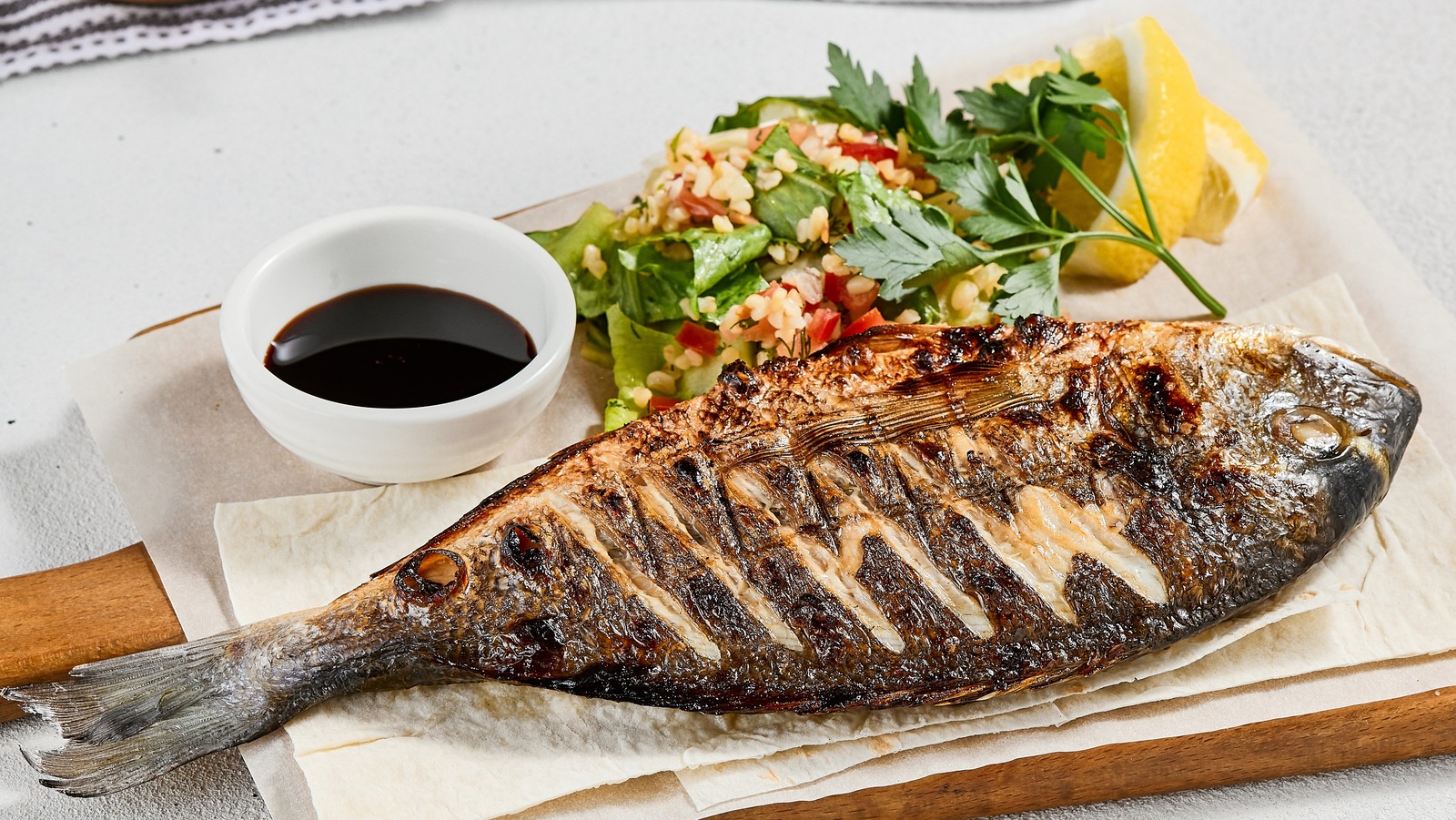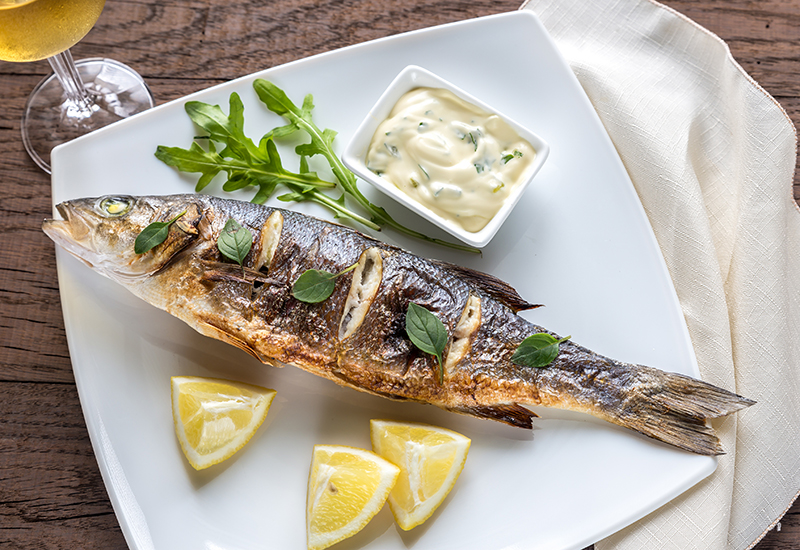How to Cook Fish Paste: A Complete Guide for All Cooking Enthusiasts
Written By James Morgan
When it comes to seafood, one often overlooked delicacy is fish paste. This versatile ingredient can add depth and flavor to everything from soups and stews to dumplings and sauces. If you're wondering how to cook fish paste, you've come to the right place. In this comprehensive guide, we will dive deep into the world of fish paste, exploring its origins, preparation techniques, and a variety of delicious recipes you can try at home. Whether you're a seasoned cook or a kitchen newbie, this article is tailored to help you master cooking fish paste and transform your culinary skills.

What is Fish Paste?
Fish paste is a finely ground mixture of fish and various seasonings. It is a staple ingredient in many Asian cuisines, known for its rich umami flavor and smooth texture. The fish used in making fish paste can vary, but common choices include mackerel, sardines, and tilapia. The paste is often seasoned with ingredients like salt, sugar, and sometimes a touch of ginger or garlic to enhance its flavor.

Why Cook with Fish Paste?
Cooking with fish paste offers numerous benefits that make it a must-have in your kitchen. Firstly, it is incredibly versatile. You can use it as a base for sauces, soups, and stews, or as a filling for dumplings and spring rolls. Secondly, fish paste is packed with nutrients. It is a great source of protein, omega-3 fatty acids, and essential vitamins and minerals. Lastly, fish paste is quick and easy to prepare, making it perfect for both everyday meals and special occasions.

Ingredients You'll Need
- 1 pound of fresh fish fillets (mackerel, sardines, or tilapia)
- 1 tablespoon of salt
- 1 tablespoon of sugar
- 1 teaspoon of ginger paste (optional)
- 1 teaspoon of garlic paste (optional)
- 1 egg white
- 1-2 tablespoons of cornstarch

Step-by-Step Guide on How to Cook Fish Paste
Step 1: Preparing the Fish
The first step in learning how to cook fish paste is preparing the fish. Start by washing your fish fillets thoroughly under cold water. Use a sharp knife to remove any bones and skin. Once you've prepared the fillets, cut them into smaller pieces for easier blending.
Step 2: Blending the Ingredients
Place the fish pieces, salt, sugar, ginger paste, and garlic paste into a food processor. Blend the mixture until it is smooth and creamy. If the mixture is too thick, you can add a small amount of water to achieve the desired consistency. Remember to scrape down the sides of the food processor to ensure all ingredients are thoroughly mixed.
Step 3: Adding Binding Agents
Next, add the egg white and cornstarch to the fish mixture. These ingredients act as binding agents, helping to hold the paste together. Blend the mixture again until it is well combined. At this stage, your fish paste should have a smooth, sticky consistency that is easy to work with.
Cooking Methods for Fish Paste
Now that you have your fish paste ready, let's explore some popular cooking methods:
Steaming
Steaming is a great way to cook fish paste, as it preserves its delicate flavor and moist texture. You can use a steamer basket or a bamboo steamer for this method. Shape the fish paste into small patties or balls and place them in the steamer. Steam for 8-10 minutes, or until the fish paste is cooked through and firm to the touch.
Frying
Frying fish paste gives it a crispy exterior that contrasts beautifully with its soft interior. Heat some oil in a skillet over medium-high heat. Shape the fish paste into small patties or balls and fry them until golden brown on all sides. This method is perfect for making fish cakes or fish balls.
Boiling
Boiling is another simple method for cooking fish paste. Bring a pot of water or broth to a boil. Shape the fish paste into small dumplings or balls and drop them into the boiling liquid. Cook for 5-7 minutes, or until the fish paste is fully cooked and floats to the surface. This method is commonly used for making fish ball soup.
Delicious Recipes Using Fish Paste
Fish Paste Dumplings
Fish paste dumplings are a popular dish in many Asian cuisines. They are easy to make and incredibly flavorful. To make fish paste dumplings, you will need dumpling wrappers, fish paste, and your choice of vegetables (such as chopped scallions and water chestnuts).
To assemble the dumplings, place a small spoonful of fish paste in the center of each wrapper. Add a small amount of chopped vegetables on top. Fold the wrapper in half and pinch the edges to seal. You can steam or boil the dumplings, as described in the cooking methods section above. Serve with soy sauce or chili sauce for dipping.
Fish Paste Soup
Fish paste soup is a comforting and nutritious dish that is perfect for any occasion. To make fish paste soup, you will need fish paste, chicken or vegetable broth, bok choy, and mushrooms.
Bring the broth to a boil in a large pot. Shape the fish paste into small dumplings or balls and add them to the broth. Cook for 5-7 minutes, or until the fish paste is fully cooked. Add the bok choy and mushrooms and cook for another 3-5 minutes. Season to taste with salt and pepper, and garnish with chopped scallions before serving.
Fish Paste Spring Rolls
Fish paste spring rolls are a delicious appetizer or snack. To make them, you will need spring roll wrappers, fish paste, and your choice of fillings (such as shredded carrots, bean sprouts, and cilantro).
Place a small amount of fish paste and fillings in the center of each wrapper. Fold the sides of the wrapper over the filling, then roll it up tightly. Heat some oil in a skillet over medium-high heat and fry the spring rolls until golden brown and crispy. Serve with a dipping sauce of your choice.
Tips and Tricks for Cooking Fish Paste
Here are some tips and tricks to help you master how to cook fish paste:
- Use fresh fish for the best flavor and texture. If fresh fish is not available, you can use frozen fish, but make sure to thaw it completely before use.
- For a smoother paste, blend the fish mixture for a longer time and add a small amount of water if needed.
- Experiment with different seasonings and ingredients to customize the flavor of your fish paste.
- If you're not using the fish paste immediately, you can store it in the refrigerator for up to 2 days or in the freezer for up to 1 month.
Cleaning Your Cookware
After preparing your delicious fish paste dishes, it's important to clean your cookware properly. Here are some cleaning tips for your essential tools:
- Griddle: Use a Cookware Cleaner to remove any stubborn residues and keep your griddle in top condition.
- Knife: Clean your knife with warm soapy water and dry it immediately to prevent rust and maintain its sharpness.
- Cutting Board: Use a Cutting Board Oil to condition your cutting board and prolong its lifespan.
By following these tips, you'll not only enjoy the delicious results of your fish paste cooking but also keep your kitchen tools in perfect shape.
Conclusion
Now that you know how to cook fish paste, you can explore endless culinary possibilities. From dumplings and soups to spring rolls and fish cakes, fish paste is a versatile ingredient that can elevate your cooking to new heights. Remember to use fresh ingredients, experiment with flavors, and keep your cookware clean. Happy cooking!
As an Amazon Associate, I earn from qualifying purchases.



